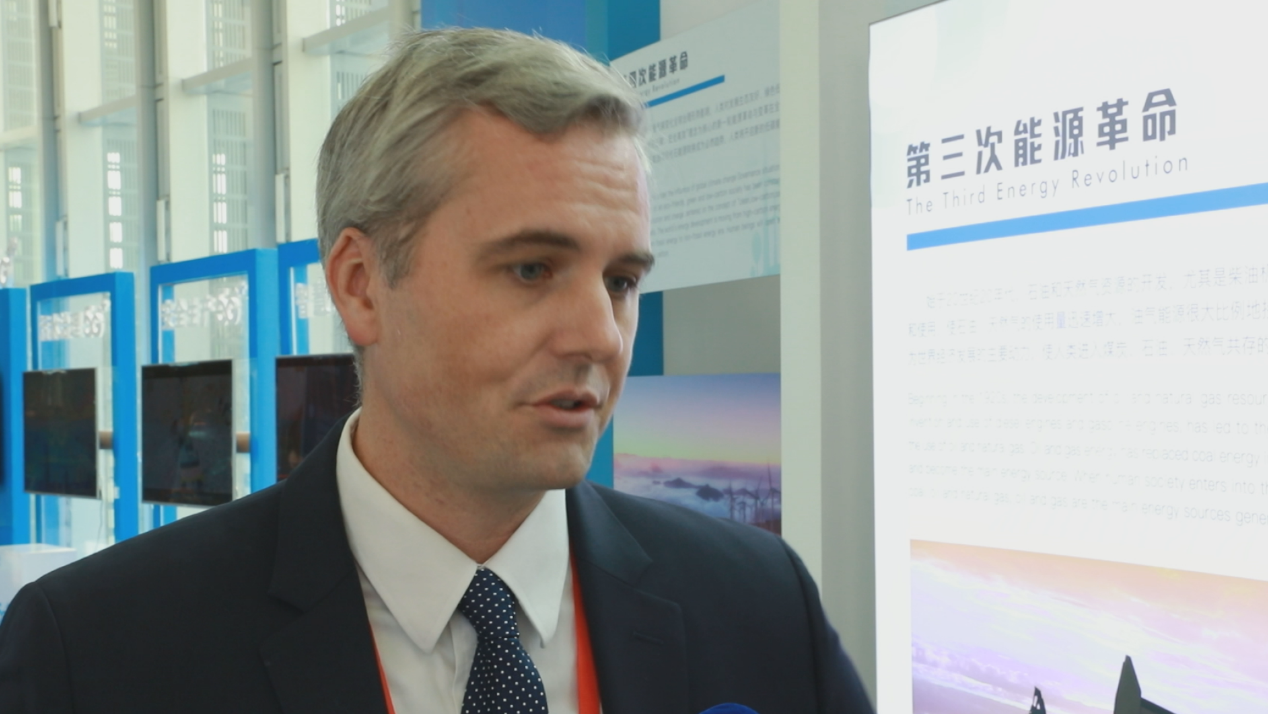02:26

The 2019 Taiyuan Energy Low-carbon Development Forum kicked off on Tuesday in the capital city in north China's Shanxi Province, drawing nearly 800 guests from home and abroad. Many foreign guests have been cooperating with China in the energy transformation sector.
Both the U.S. state of Wyoming and China's Shanxi Province have a large coal production. Since 2003, the Jackson Hole Center for Global Affairs (JHCGA), a U.S.-based think tank, has been bringing leaders from Wyoming and Shanxi together to examine solutions that can lead to reduced carbon emissions and new business opportunities.

Nathan Wendt, vice president of the Jackson Hole Center for Global Affairs, speaks with CGTN. /CGTN Photo
Nathan Wendt, vice president of the Jackson Hole Center for Global Affairs, speaks with CGTN. /CGTN Photo
Nathan Wendt, the vice president of the JHCGA, said that given the similarities and the differences, Wyoming and Shanxi can learn from each other in energy revolution.
"Shanxi's comparative advantage is in the carbon capture side, like the gasification of coal. And in Wyoming, there's been an advantage historically in the storage of carbon captured through geological formation. So just right there is a great opportunity for the two comparative advantages to be combined," he said.
Wendt also said that China's action on climate change is worth learning from. "China has been leading the clean energy revolution internationally. That's extremely important to have that global leadership. It's not just about acting on climate change but creating jobs in the future. The example China has set is one that can be studied and learned from and applied in other parts of the world," he said.
The three-day event will discuss new energy development bottlenecks, hydrogen energy development, unconventional gas applications, and energy internet development.
Experts at the forum said that saving energy, raising efficiency, and expanding non-fossil energy use are the main tasks for China in reaching its low-carbon development goals in the next 30 years. These efforts will bring new tax sources, jobs, and business opportunities.